How to Design for Proper Steam Humidification Steam Absorption
|
Humidification of buildings helps provide a healthy and comfortable work environment. The next several R.L. Deppmann Monday Morning Minutes will examine steam absorption humidification and provide solutions to some of the common issues we see on a regular basis. Dri-Steem Corporation provides a variety of products to solve the many needs in this area of the HVAC system. Let’s begin by looking at an overview of the options available to you.
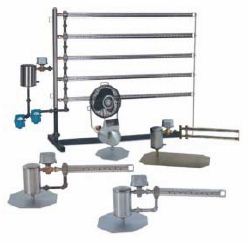 |
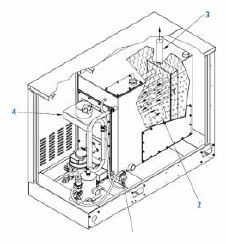 |
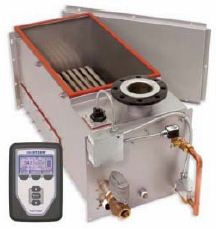 |
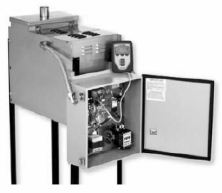 |
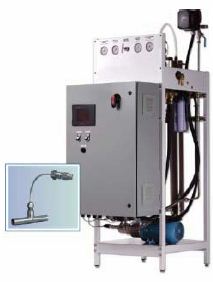 |
| STEAM INJECTION |
GAS FIRED |
STEAM TO STEAM |
ELECTRIC |
ATOMIZING |
Drip free Dispersion is possible. Regardless of the type of humidification product used, owners and HVAC Engineers often express concerns about steam condensation on internal duct and air handler elements such as coils, turning valves and filters. And their concerns are valid, if severe enough, water accumulation from condensation can leak through ducts and AHU units and cause damage. This is an immediate and easily noticeable problem. A less visible problem and potentially more harmful situation is condensation causing standing water on duct floors or inside AHU units. A warm air handling system containing moist dust is an ideal breeding ground for microorganisms.
By understanding the factors that affect absorption and selecting and maintaining proper equipment the design will eliminate moisture problems caused by humidification.
Next week we look at factors that affect absorption.
|
 |
Disclaimer: R. L. Deppmann and it’s affiliates can not be held liable for issues caused by use of the information on this page. While the information comes from many years of experience and can be a valuable tool, it may not take into account special circumstances in your system and we therefore can not take responsibility for actions that result from this information. Please feel free to contact us if you do have any questions.






